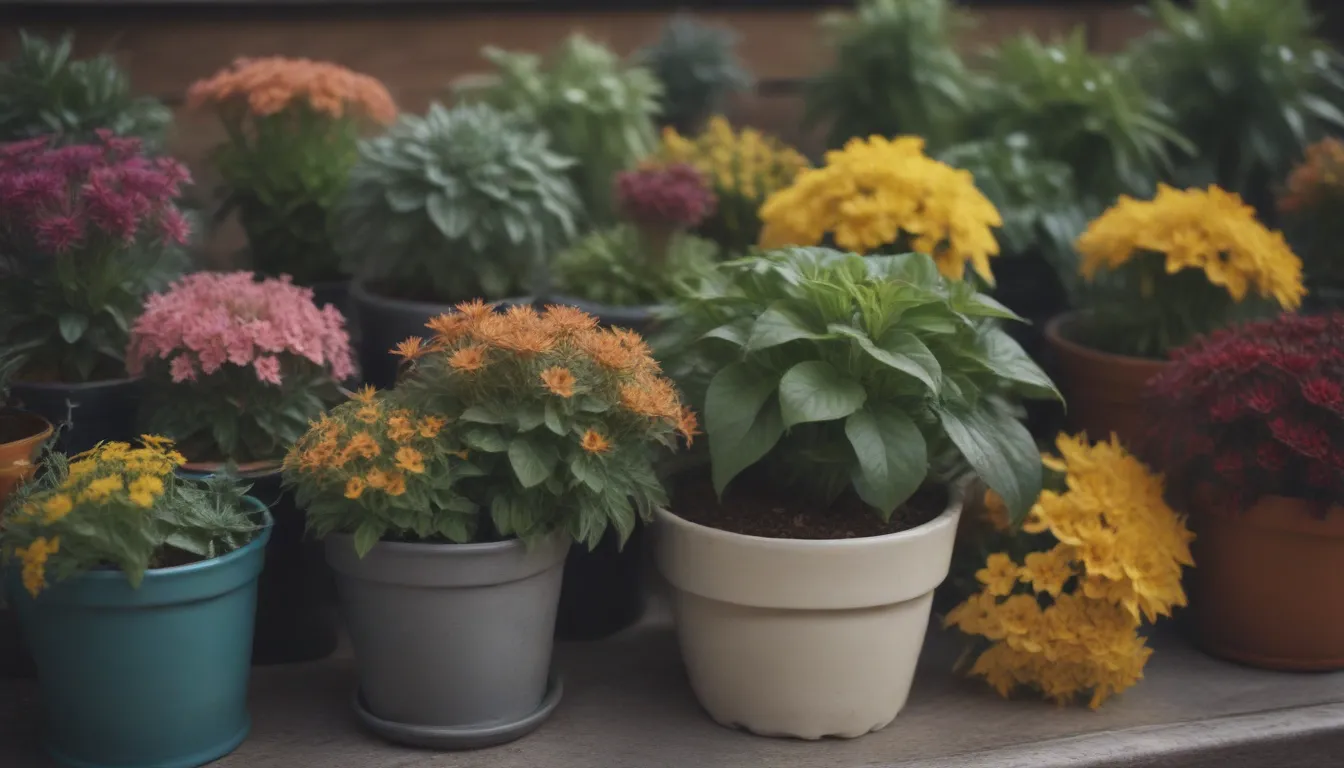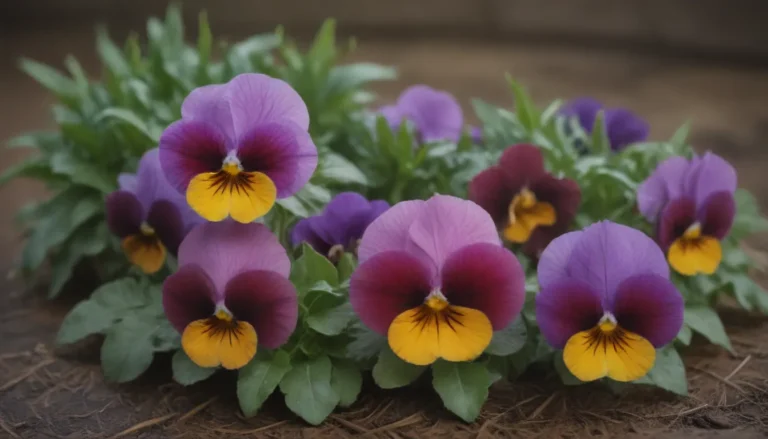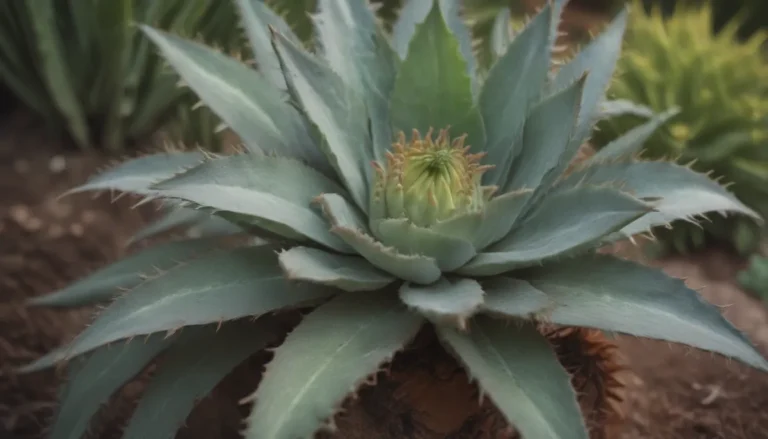The Ultimate Guide to Growing and Caring for Cup Plants

Are you a fan of low-maintenance, hardy plants that attract beautiful wildlife to your garden? If so, the cup plant (Silphium perfoliatum) might just be the perfect addition to your landscape. With its stunning yellow blooms, coarse leaves, and tall stems, the cup plant is a showstopper that can thrive in a variety of environments. In this comprehensive guide, we will cover everything you need to know about growing and caring for cup plants to ensure they flourish in your garden.
Introduction to Cup Plants
Before we delve into the nitty-gritty of caring for cup plants, let’s take a moment to appreciate the beauty and uniqueness of this sunflower-like perennial. Cup plants can reach heights between four and eight feet, making them a striking addition to any landscape. Their coarse leaves form small basins that collect water, providing a source of hydration for birds and insects. Cup plants are known for attracting butterflies, bees, birds, and other beneficial insects, making them a valuable asset to any garden.
Cup Plant Care
Planting Cup Plants
If you’re interested in growing cup plants in your garden, it’s best to start from seeds. While it may be challenging to find established plants at your local garden center, growing from seeds is relatively straightforward. Plant your cup plant seeds outdoors in the fall for optimal results, ensuring they receive at least 60 days of cold stratification. Alternatively, you can plant them in the spring, but be prepared to wait until the second year for blooms to appear.
Light Requirements
Cup plants thrive in full sun, ideally receiving six to eight hours of sunlight each day. However, they can also tolerate partial sun if necessary. For those living in colder climates, ensure your cup plants are planted in a sunny spot with minimal wind exposure to maximize their growth potential.
Soil Conditions
Cup plants are versatile when it comes to soil requirements and can adapt to various soil types. They prefer medium-to-wet soil or clay-rich soil for optimal growth. If you want taller cup plants, plant them in wetter soil, whereas drier soil will result in shorter plants.
Watering
While cup plants can withstand periods of heat and drought, regular watering is recommended for optimal growth. Avoid overwatering your plants to prevent waterlogged soil, which can lead to root rot.
Temperature and Humidity
One of the remarkable qualities of cup plants is their ability to thrive in diverse climates and locations. They can be grown in USDA hardiness zones 3 to 9, indicating their resilience to varying temperature and humidity levels.
Fertilization
Cup plants generally do not require commercial fertilizers for healthy growth. However, if you wish to boost their growth, consider using compost or composted manure as a top dressing around the roots. Fertilization in larger crops is recommended during the first year to protect the roots, but subsequent years may not require additional fertilization.
Types of Cup Plants
There are two recognized varieties of cup plants:
- Silphium perfoliatum var. perfoliatum
- Silphium perfoliatum var. connatum
Each variety offers unique characteristics and growth patterns, allowing you to choose the best option for your landscape.
Propagating Cup Plants
Due to their vigorous growth habits, propagating cup plants is relatively simple. You can propagate them by dividing existing plants and transplanting them to new locations. Additionally, cup plants can be grown from seeds by following these steps:
- Stratify (chill) the seeds for 60 days
- Plant the seeds in late fall or spring
- Ensure proper watering and maintenance for optimal growth
Benefits of Cup Plants
Apart from their stunning appearance, cup plants offer a range of benefits to your garden ecosystem, including:
- Attracting pollinators like butterflies, bees, and birds
- Providing a source of water for wildlife
- Enhancing the biodiversity of your garden
- Adding vertical interest to your landscape
In Conclusion
In conclusion, cup plants are a fantastic addition to any garden, offering beauty, versatility, and environmental benefits. By following the care tips outlined in this guide, you can ensure that your cup plants thrive and flourish in your landscape. Whether you’re a seasoned gardener or a novice enthusiast, growing and caring for cup plants is a rewarding experience that will enrich your outdoor space for years to come. So why wait? Plant some cup plants today and watch your garden come to life with vibrant blooms and buzzing pollinators.





